Andasibe National Park is the closest national park to Antananarivo, making it one of the most visited parks in the country. With good reason. This park is home to the largest lemur species, the Indri. These guys grow up to 30kg and only exist in the Andasibe National Park. In addition, anyone wanting to get up close and personal with lemurs, can do so by visiting the Vakona lodge.
Getting to the Andasibe National Park
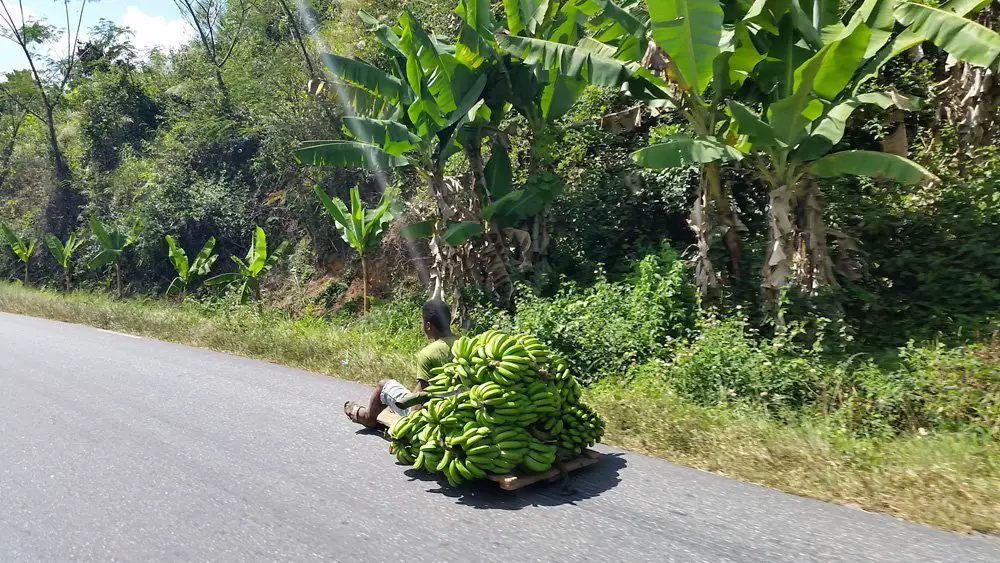
Andasibe is a town about two hours east of Antananarivo. For the tourists short on time, this park is the one to visit. Numerous companies do 1-3 day tours from the capital making this one of the most visited places in Madagascar. I even met people here that were visiting Madagascar for less than a week (what a travesty!) because of their schedule and their itinerary pretty much consisted of only Antananarivo and Andasibe. Don’t do this! Make sure to also read my guide to traveling Madagascar to get a lay of the land when visiting.
The Andasibe National Park was part of my four week itinerary through Madagascar. We drove here after spending the night in Ambositra on the way up from the Isalo National Park. The drive east past Antananarivo is filled with some of the greenest scenery I’ve ever seen. The main highlight of this drive is the high concentration of the Ravenala, a species of palm trees unique to Madagascar. They fan out to form a circular display of palm leaves. Very cool.
From Antananarivo

From Tana, assuming you do not have your own driver+car combo, the best way to get to Andasibe is to take a taxi brousse from the main station in Tana to the town of Moramanga. Moramanga is the closet town to the Andasibe National Park and you’ll find many lodging options here.
Many people continue on to Toamasina (Tamatave) from here, so if you’re traveling by public transport, it is easy to find a taxi brousse from Moramanga to Toamasina.
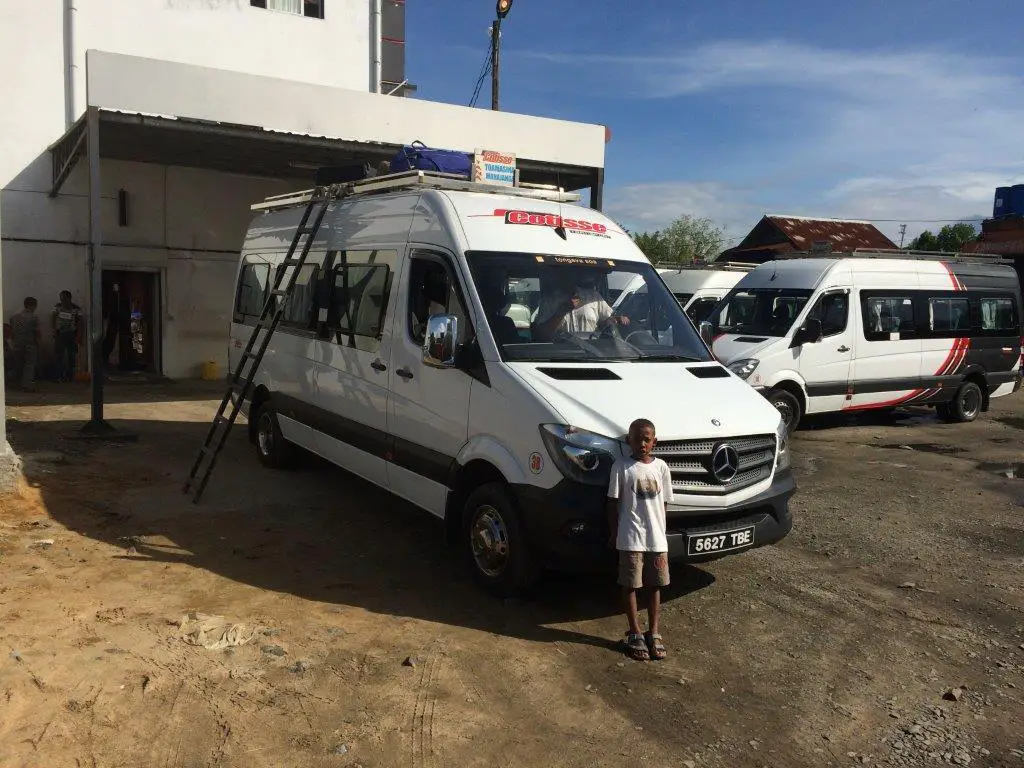
As of recent years, there have been charter bus companies popping up in Madagascar. Cotisse Transport is the main company offering these much roomier and luxurious minibuses for those that don’t want to deal with the hecticness of a taxi brousse.
Where to stay in Andasibe
We ended up at Eulophiella Lodge for three nights. There are numerous places to stay in this park and Eulophiella just happened to be one of the places recommended by our tour agent. It took us 10 minutes on a very bumpy road to get there but the property is beautiful once you arrive. Surrounded by green foliage, palm trees, and perfectly manicured lawns, this place was incredible.
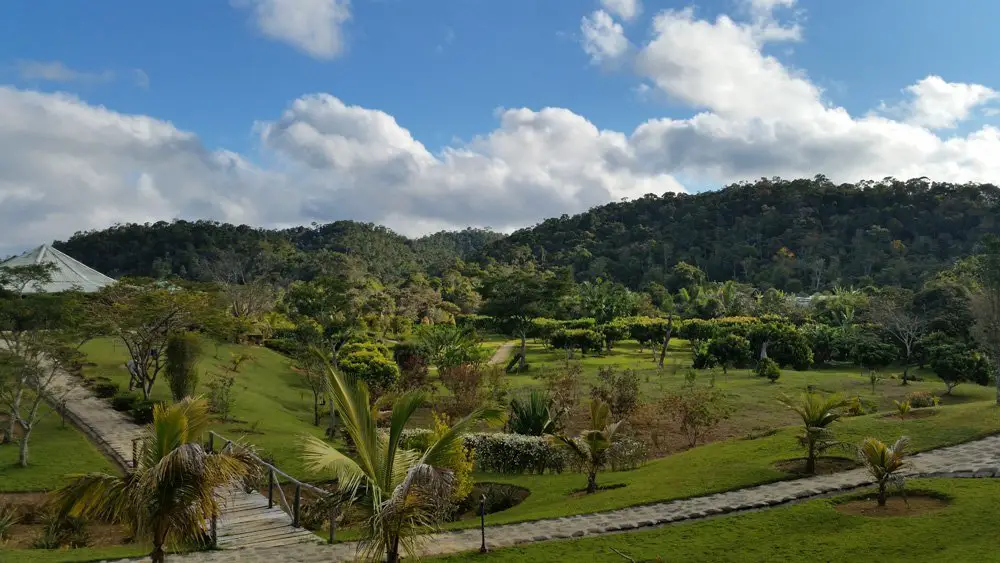
Our rooms like most of Madagascar were basic but comfortable. For the price we paid, it was well worth it staying here. There was just so much space to roam around the area and take in the beautiful surroundings.
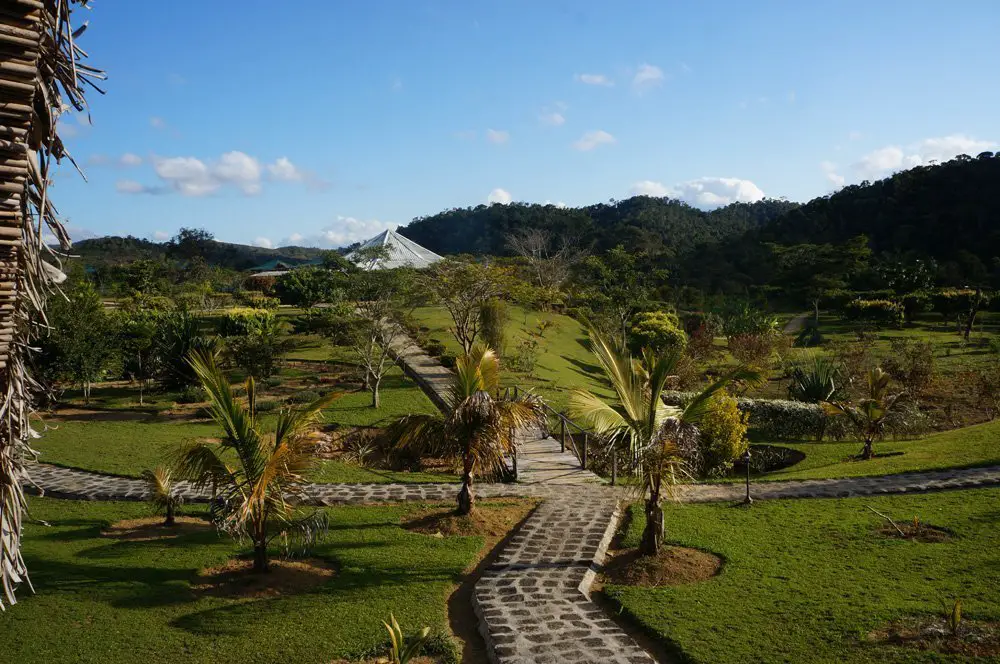
Visiting Andasibe – Mantadia Park
In the late 1990s the long-established reserve of Analamazaotra Forest, sometimes known by its colonial name of Périnet, was combined with Mantadia, 20km to the north, to form Andasibe-Mantadia National Park. Because of its proximity to Tana and its exceptional fauna, this is now one of Madagascar’s most popular reserves. These two areas of moist montane forest (altitude: 930–1,049m) are home to a variety of lemurs, birds, reptiles and invertebrates.

This reserve protects the largest of the lemurs, the indri. Standing about a metre high, with a barely visible tail, black-and-white markings and a surprised teddy-bear face, the indri looks more like a gone-wrong panda than a lemur. It is the voice that makes this lemur extra-special: while other lemurs grunt or swear, the indri sings. It is an eerie, wailing sound – a cross between whale song and a siren – and it carries for up to 3km as troops call to each other across the forest. It’s impossible to miss this sound. It’s so distinct and I heard it all night at my guesthouse. It’s so loud and distinctive and you think the indri are monstrous beasts but they are just large lemurs!
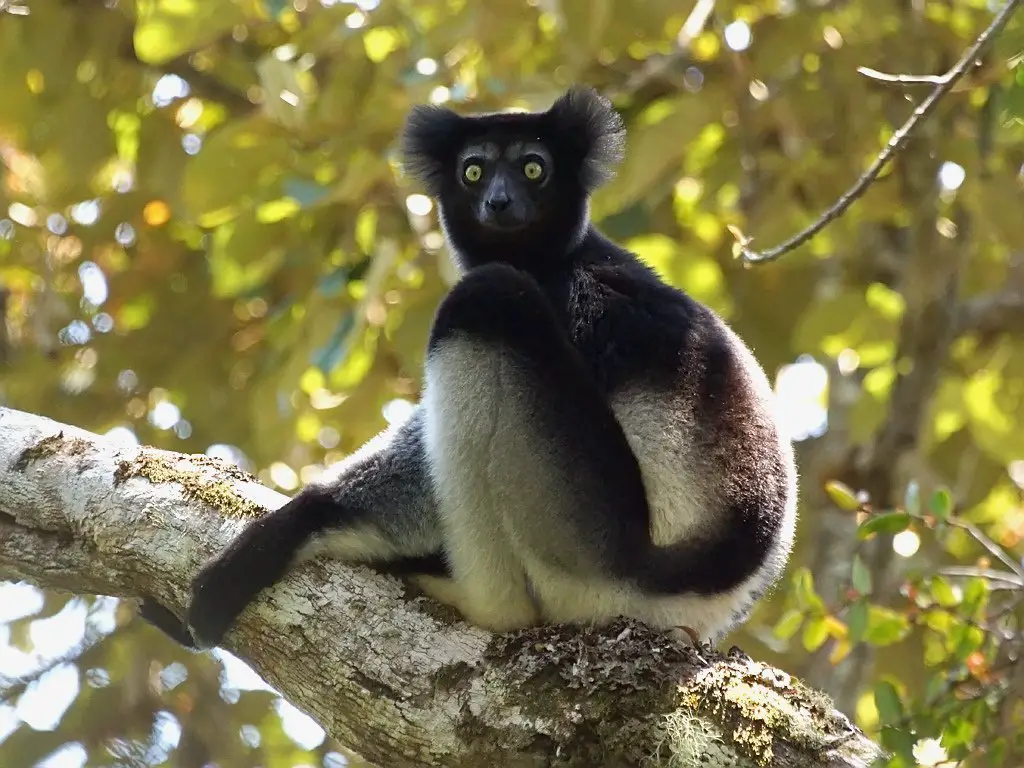
There are 11 species of lemur altogether in Andasibe, although you will not see them all. You may find grey bamboo lemurs, common brown lemurs and perhaps a sleeping avahi (woolly lemur) curled up in the fork of a tree. Diademed sifakas and black-and-white ruffed lemurs have been translocated here from Mantadia and from forest cleared to make way for the Ambatovy nickel and cobalt mine.
There are eight other species of lemur in Andasibe and the most commonly seen include the grey bamboo lemurs, brown lemurs and woolly lemurs. There are some wonderful chameleons in the reserve including the two-foot long Parson’s chameleon and the tiny nose-horned chameleon. Frogs are plentiful and birding highlights include Madagascar blue pigeon, coral-billed nuthatches and the Madagascar long-eared owl.
Trekking through Mantadia
When trekking through Mantadia your guide will take you through some breathtaking primary forest with large trees that have been saved from logging. Some 14 species of lemur live in and around Mantadia however you must work hard for the rewards. Our guide spent over 4 hours tracking several families of the black and white ruffed lemurs. They tempted us with their glorious calls all morning but managed to avoid us for most of the day.


We headed back for lunch and heard their calls again over a ridge. The guide asked if we still wanted to try and catch up with them. We looked up the steep, densely vegetated hillside and replied ‘yeka’ – and we were off again. Finally we made it to the top of the ridge but still couldn’t see the group of lemurs we had heard. The guide spotted them after a while and we spent the next half hour observing these spectacular creatures. We headed off and finished the day with lunch at a pleasantly cool waterfall.
If you only have limited time in Andasibe we would recommend to visit the Mitsinjo Reserve to view the Indri Indri and learn the basics about forest restoration. If you wish to see another national park then Andasibe would be our choice. Although we did not visit this park, the other option, Mantadia is much more expensive due to car and guide hire and requires hard work to see wildlife that remains mostly hidden in the primary forest.
Visiting Vakona Lodge and Lemur Island

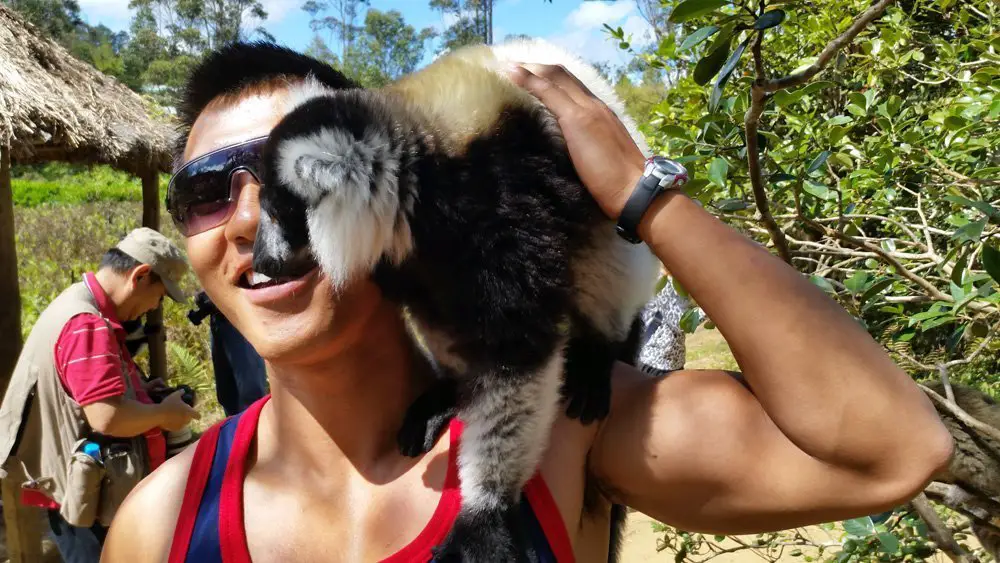
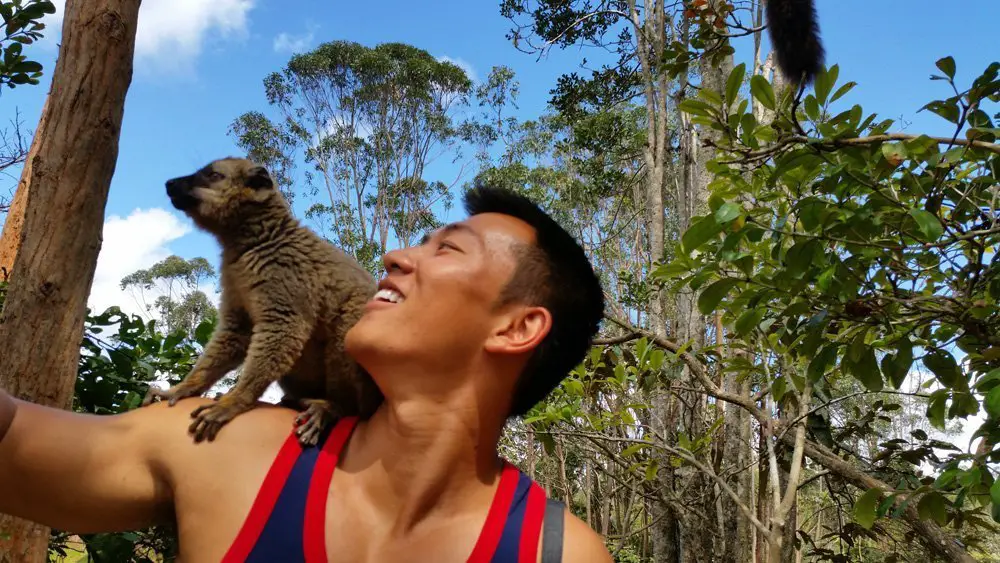
Vakona Lodge is easily one of the nicest lodges in the park and in Madagascar. You can come here for drinks, dinner and to admire the view. What’s even better? Is to come here to interact with the lemurs!
They have a park within the lodge that specializes in rehabilitating orphaned lemurs. They raise lemurs from a young age and they are more or less domesticated. You have the option of feeding and playing with them here. They have bamboo lemurs, black&white ruffed lemurs, and brown lemurs here. I must say, of all the animals I’ve interacted with, the lemurs are by far the most amazing.
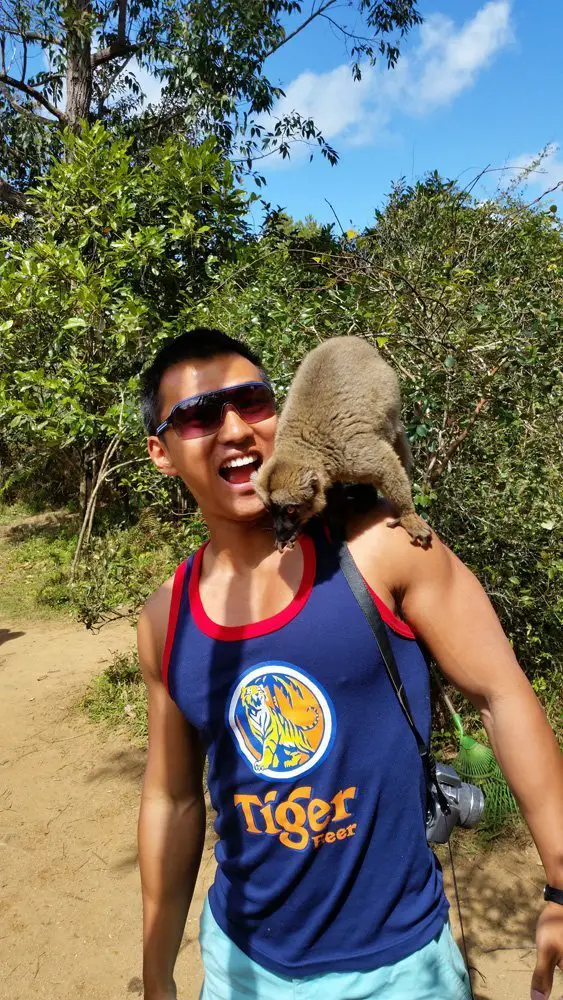
They have the most character of any animal I’ve seen and their ability to jump from tree to my shoulder, back to tree is astounding. The lemurs were non stop here! They would climb all over me, not scared at all about jumping onto my shoulder, my head, my arms, or even just hanging on my back. Multiple brown and ruffed lemurs would be on me at once. Perhaps the best opportunity in history to take a selfie! Turns out, we would have numerous other lemur experiences on our trip, and ones that did not involve an organized enclosure like the one at Lemur Island.


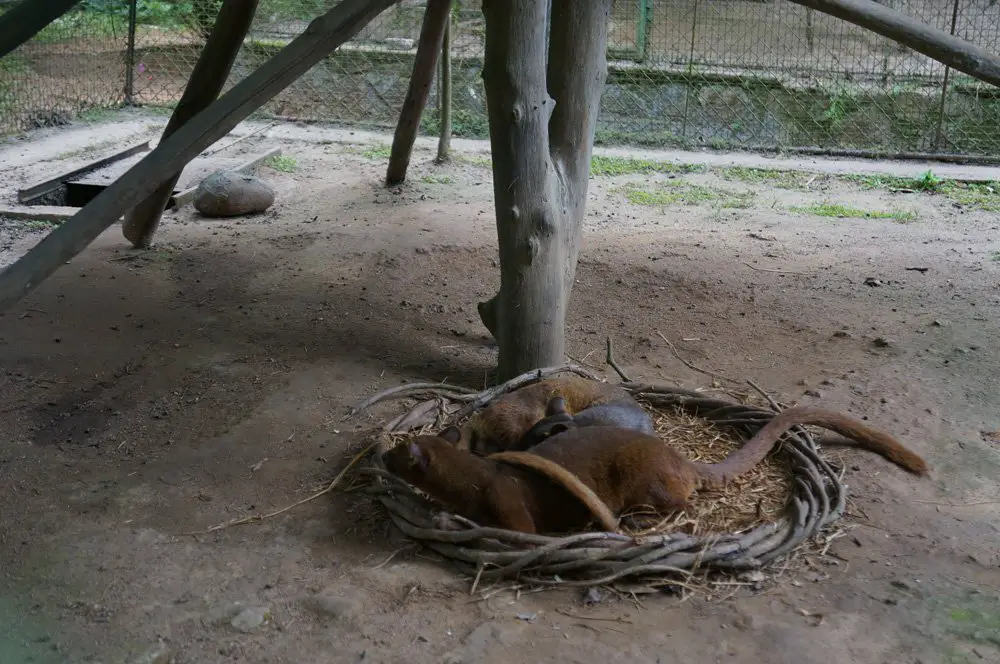
In addition, the lodge has other enclosures of the different animals indigenous to Madagascar like the Nile Crocodiles and the elusive Fossa which are the two main predators on the entire island. The fossa is a large cat that stalks the forests for lemurs as prey.



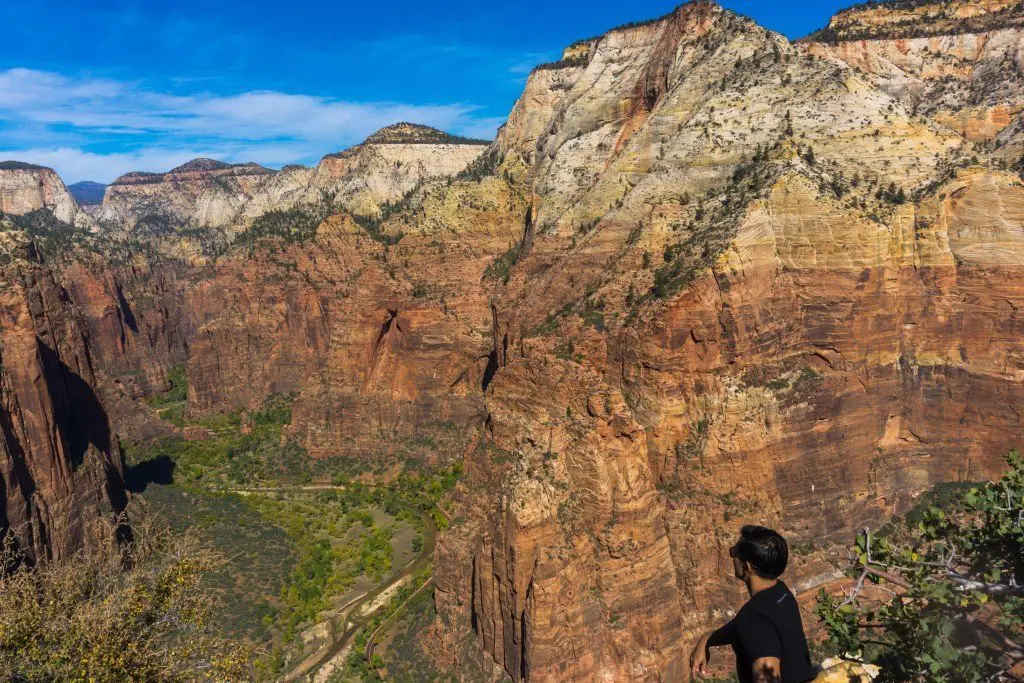
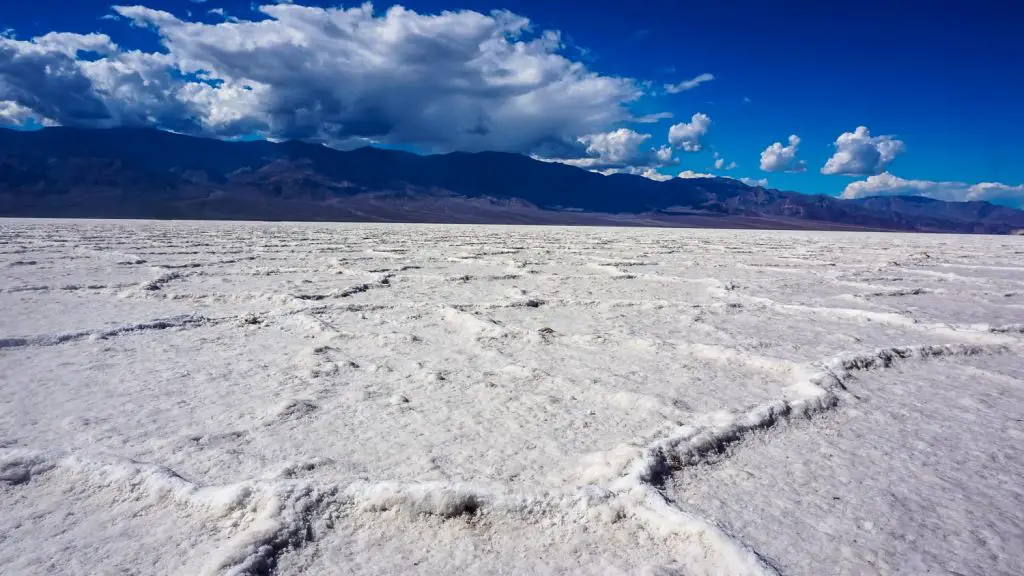
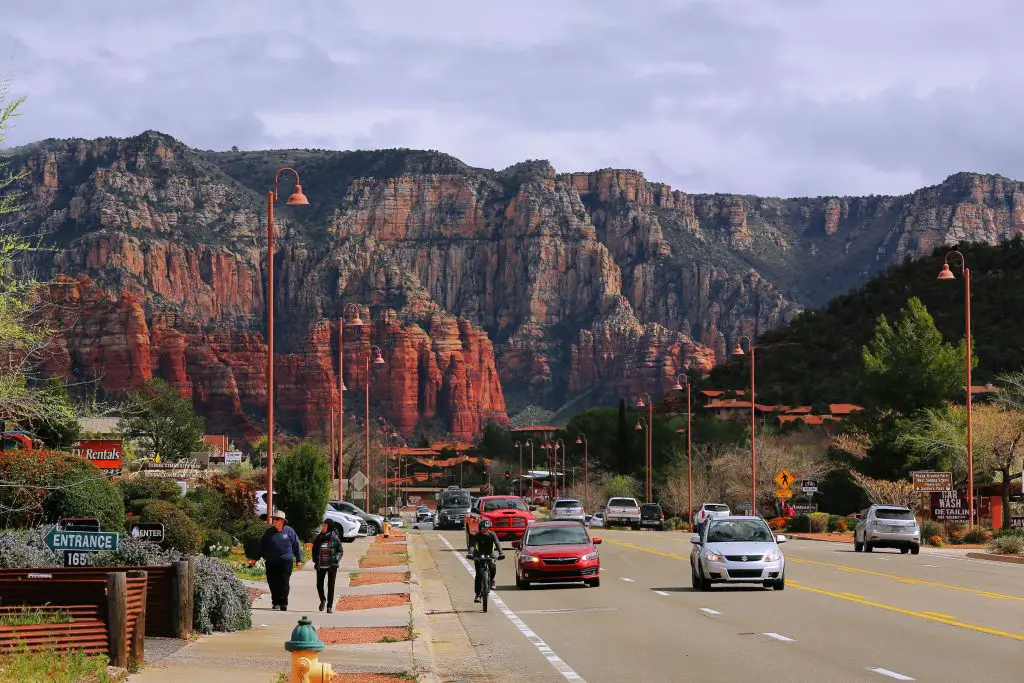
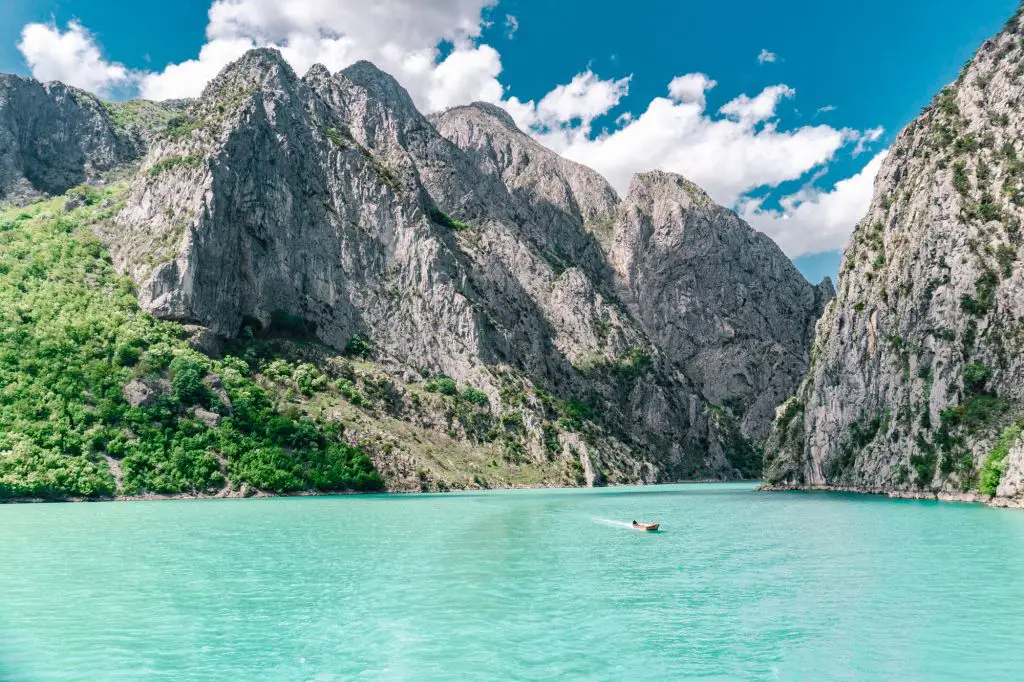


I want to go stay at Vakona Lodge in Madagascar! This looks like it would be great for a family trip abroad.
Yes I saw quite a few families there! And playing with lemurs as a kid…life can’t get much better.
I was so impressed with your article. I never knew you could get that close to to the lemurs. I want to to go now.
Thank you Johnny.
Hi Michael, I was pretty surprised too! It was an unforgettable experience without a doubt.